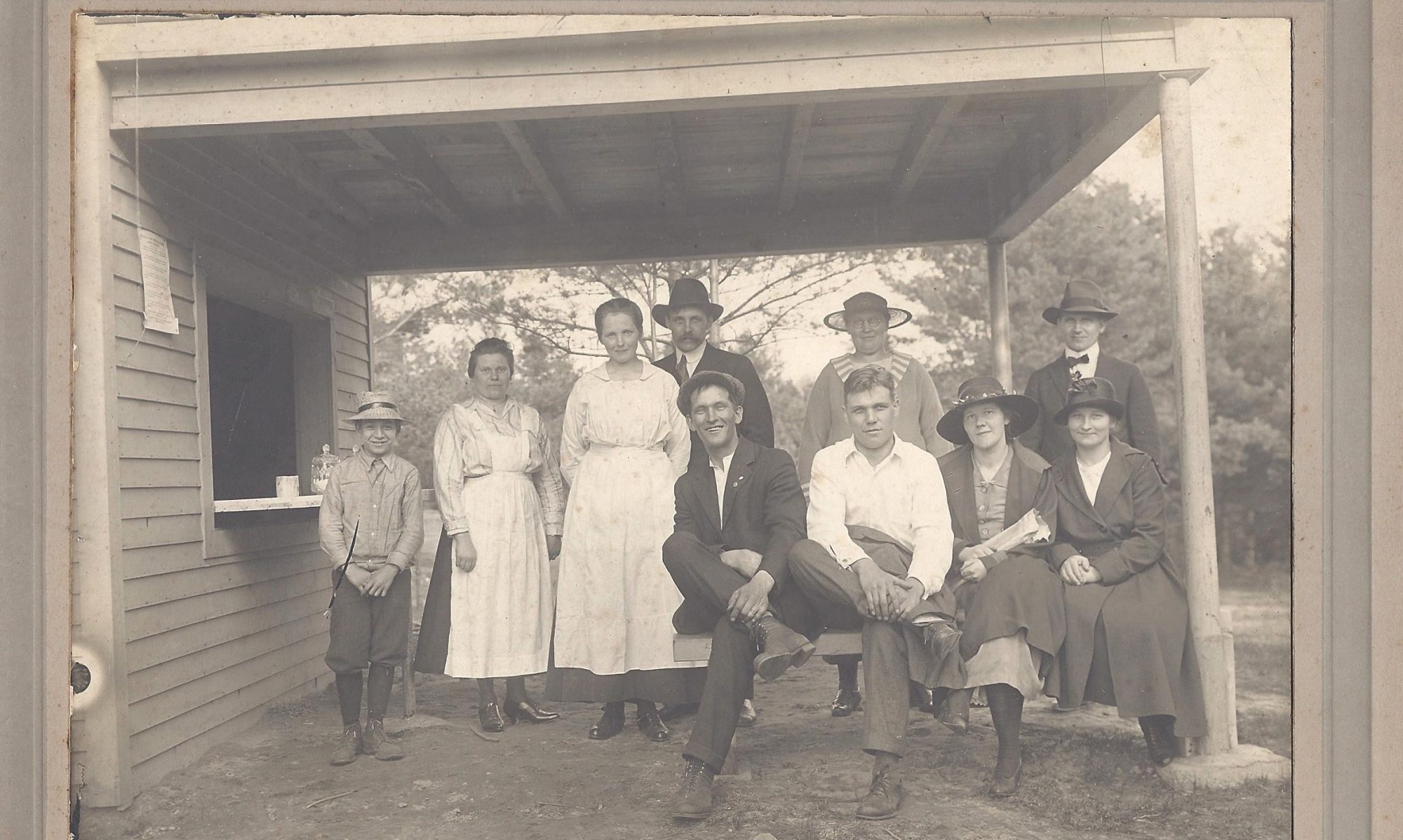The first settlers who arrived came originally from Killingworth, Connecticut, which is near the Long Island sound. What drove them to a place in New Hampshire was the lack of available land in the well settled colony of Connecticut. So they went north into what was then the frontier of New Hampshire and, “According to tradition, in 1760 Samuel and Justus Hurd from Killingworth explored what became known as the Sugar River Valley with two scouts.”[1] The people who had seen this region before Samuel and Justus Hurd were the Sunapee and other Native American tribes, so these were the first white men that saw the region.
The scouts mentioned in the quote above were named Eastman and Flanders. What happened was that, ‘Reportedly the Hurd/Eastman/Flanders expedition to the area “dodged Indians and French soldiers’ and returned home with stories of a river valley filled with wildlife, timber and fertile meadow lands.”[2] This is certainly plausible because the French and Indian War, also known as The Seven Year War in Europe, was an ongoing conflict when the expedition occurred in 1760. However it is also possible that they inflated the details of their story to create a more dramatic effect. Whatever the case may be, they did discover (at least from the perspective of white colonial settlers) a new and untouched land, because the very vast majority of Native Americans no longer lived in the colony of New Hampshire. So some families from Killingworth, Connecticut decided to move up north so they could claim some new farmland for themselves.
Previous Page: Arrival of White Colonial Settlers
Next Page: Farming and Fortifications
[1] McGuire, 6.
[2] McGuire, 6.
